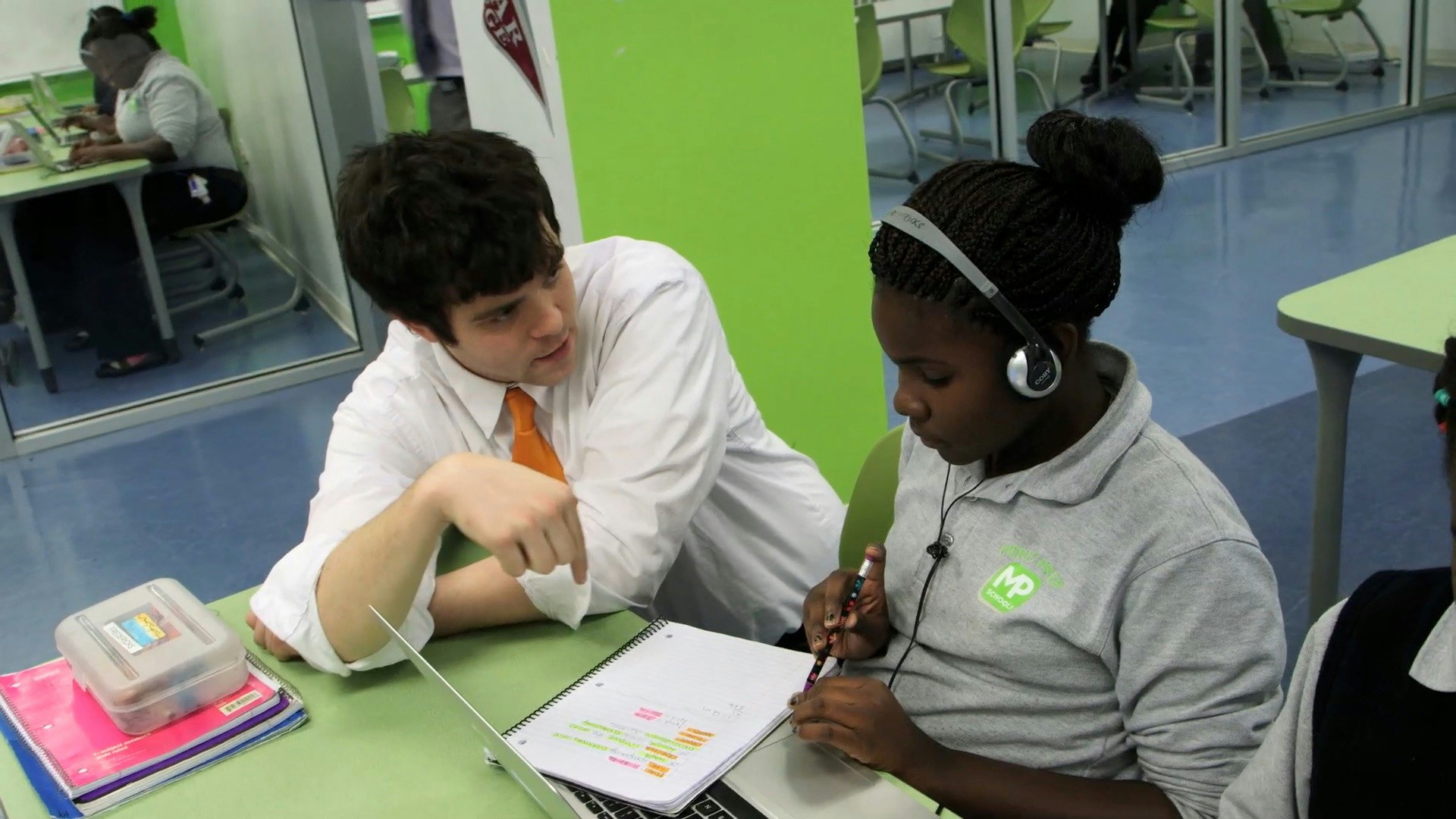
Plenty of buzz exists about blended learning and its transformational potential. But what does blended learning really mean? In this course we will explore the different models of blended learning and dive into key issues that impact students, teachers, and schools. Specifically, we will look at these issues through the lens of three high-performing schools that each use a different type of blended learning. A few of the key topics will include:
- The role of the student and how to support students in the transition from traditional to blended learning
Read more
Plenty of buzz exists about blended learning and its transformational potential. But what does blended learning really mean? In this course we will explore the different models of blended learning and dive into key issues that impact students, teachers, and schools. Specifically, we will look at these issues through the lens of three high-performing schools that each use a different type of blended learning. A few of the key topics will include:
- The role of the student and how to support students in the transition from traditional to blended learning
Plenty of buzz exists about blended learning and its transformational potential. But what does blended learning really mean? In this course we will explore the different models of blended learning and dive into key issues that impact students, teachers, and schools. Specifically, we will look at these issues through the lens of three high-performing schools that each use a different type of blended learning. A few of the key topics will include:
- The role of the student and how to support students in the transition from traditional to blended learning
- Implications for teachers in their day-to-day work and overall role
- Impact on the way schools are designed including staffing models, use of time, hardware/software selection, and the use of data
- Implementation challenges, potential solutions, and the remaining open questions
We will live by the attributes of blended learning in this course, encouraging students to take quizzes at the beginning of the module to assess their understanding and skip material they already know. Overall, we will take a hand-on approach and the course will culminate in participants prototyping their own blended learning model.
If you are interested in learning more about how to best leverage technology in education and rethink the way we run schools, join this MOOC and encourage your colleagues to do the same. Become a part of this growing movement and learn first-hand how blended learning can help provide students a more personalized learning experience.
What's inside
Syllabus
Introduction and Blended Learning Models
An overview, definition, and introduction to several different models of blended learning.
Creating the Ideal Student Experience
Read more
Syllabus
Good to know
Save this course
Reviews summary
Blended learning for personalized education
Activities
Review videos on blended learning basics
Show steps
Get up to speed on the basics of blended learning before the course begins; this should clear up any confusion on core concepts and set you up for success
Browse courses on
Blended Learning
Show steps
-
Search for videos on blended learning on YouTube or Vimeo
-
Take notes on the key concepts and models of blended learning
-
Summarize your findings in a short paragraph
Show all one activities
Review videos on blended learning basics
Show steps
Get up to speed on the basics of blended learning before the course begins; this should clear up any confusion on core concepts and set you up for success
Browse courses on
Blended Learning
Show steps
- Search for videos on blended learning on YouTube or Vimeo
- Take notes on the key concepts and models of blended learning
- Summarize your findings in a short paragraph
Career center
Education Technology Manager
Teacher
Education Consultant
Educational Technologist
Educational Consultant
Education Researcher
Curriculum Coordinator
Instructional Coach
School Administrator
Instructional Designer
Curriculum Developer
Education Policy Analyst
Principal
Superintendent
Non-Profit Director
Reading list
Share
Similar courses
OpenCourser helps millions of learners each year. People visit us to learn workspace skills, ace their exams, and nurture their curiosity.
Our extensive catalog contains over 50,000 courses and twice as many books. Browse by search, by topic, or even by career interests. We'll match you to the right resources quickly.
Find this site helpful? Tell a friend about us.
We're supported by our community of learners. When you purchase or subscribe to courses and programs or purchase books, we may earn a commission from our partners.
Your purchases help us maintain our catalog and keep our servers humming without ads.
Thank you for supporting OpenCourser.



